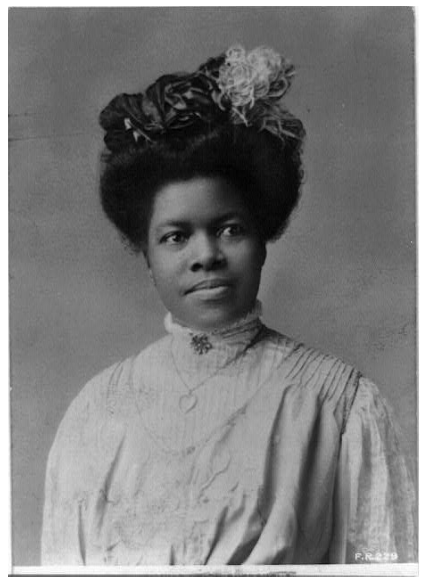The Power of Social Enterprise in Challenging Times: Social Enterprise Series #1
The Power of Social Enterprise in Challenging Times: Social Enterprise Series #1
In the evening of December 23, 1776, a lone man sat huddled over a sheet of parchment, a thin blanket covering his shoulders as he tried to keep the cold at bay. The flicker of a small candle provided the meager light by which he wrote.
“These are the times that try men’s souls.”
Thomas Paine’s words resonate today, especially for those of you playing leading roles in the nonprofit organizations that are central to our quality of life, and a reflection of the values that our communities hold dear.
Your ability to navigate an increasingly uncertain future is truly a soul-trying test. Are you up for it? Can you meet this moment?
My bet is on you and the entire nonprofit sector. Because this sector was borne of ingenuity, creative problem-solving, big possibilities thinking, and a combination of passion and perseverance, you are part of a long tradition that has already accomplished far more than what was considered possible.
An example is Nannie Helen Burroughs. Born in 1879, the granddaughter of former slaves, Ms. Burroughs desired to be a schoolteacher; however, without a proper college degree and, in one case for being “too dark,” she was refused employment in multiple schools. Undaunted, she founded the National Training School for Women and Girls in a community just outside of Washington, DC, in 1909. That community, Lincolnville, had fewer than a dozen houses and no paved streets, water, or electricity. Ms. Burroughs led the school until her passing in 1961, helping thousands of young women along the way.

Ms. Burroughs also worked for the Department of Negro History as an instructor, supported the National League of Republican Colored Woman and the National Association of Wage Earners, playing a significant role in helping to influence legislation affecting women’s wages, and during the first years of the Great Depression, was appointed by President Herbert Hoover as Committee Chairwoman concerning Negro Housing. (Nannie Helen Burroughs was nothing if not prolific.)
What is clear and consistent across all sources on Nannie Helen Burroughs is that her achievements were earned with little-to-no means and in the face of significant and steady headwinds. Headwinds such as her race, her gender, her social status, and any of the other myriad ways a society douses the flame of the different or other in a ruthless and systematic fashion. Armed only with her grit and ingenuity, Ms. Burroughs navigated these headwinds successfully.
In the coming posts, I will share with you approaches and practices that will help your organization better battle our current headwinds. I’ll be centering the posts on social enterprise, a strategy that Nannie Helen Burroughs used. How should you think about it? How do you know if you’re ready? What questions should you be asking? How do you catalyze the creative imaginations of staff and board to consider what is possible? While the focus will be on social enterprise, the mindset and creative problem-solving skills required for success in social enterprise apply to all aspects of your organization, be it programming, development, or stakeholder engagement.
In my framing, a social enterprise is an ongoing initiative offering services or products for sale that generates true net revenue, while also having measurable social impact. This revenue is unrestricted and is deployed at the organization’s total discretion for, as examples, critical mission work, building capacity, or paying market wages for its team members. My focus will be on social enterprise as a strategy within the nonprofit context.
In the next post, I’ll provide a lens through which to view social enterprise and discuss ways to cultivate the right conditions for success. In two subsequent posts, I’ll introduce you to the Desirability-Feasibility-Viability loop and how it applies to your current offerings (for optimizing earned-revenue potential) and to potential new offerings. My hope is that, along the way, you’ll discover that so much more is possible than you and your team might have ever considered.
Claiming that her organization would “specialize in the wholly impossible,” Nannie Helen Burroughs argued that “to struggle and battle and to overcome and absolutely defeat every force designed against us is the only way to achieve.”
I love these words; I find them captivating, bold—almost subversive. And I find them deeply, deeply encouraging. We are all made of the same stuff as Nannie Helen Burroughs after all.